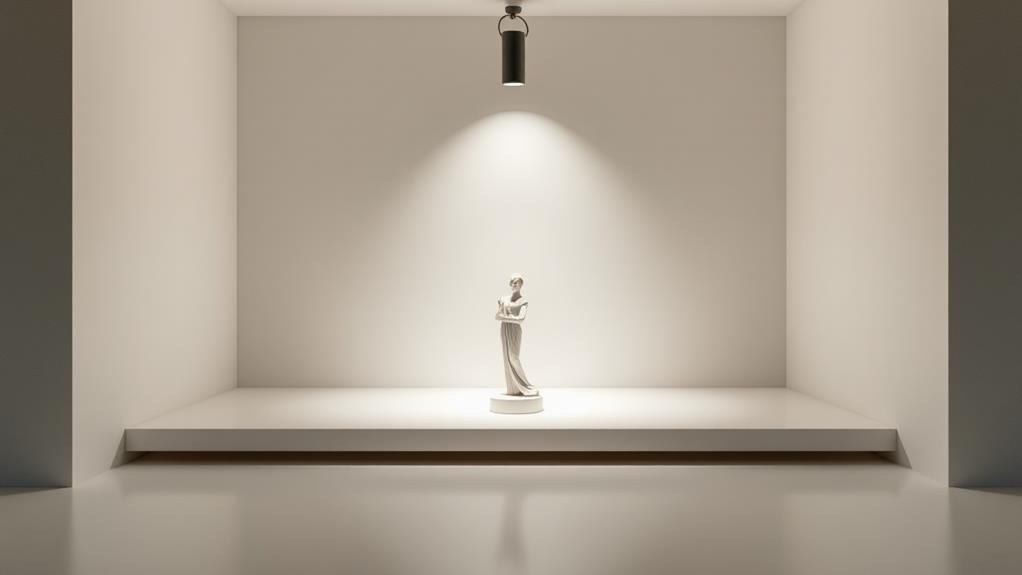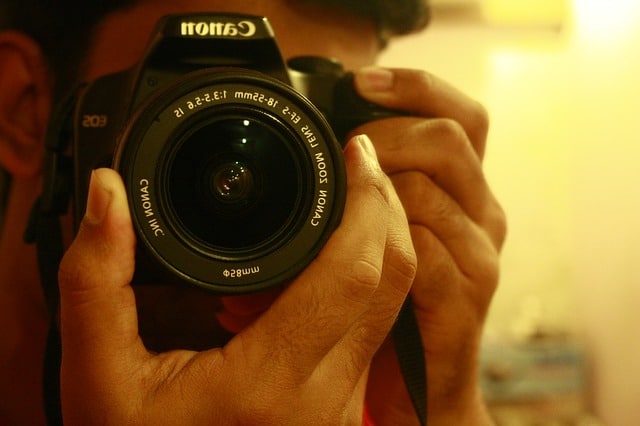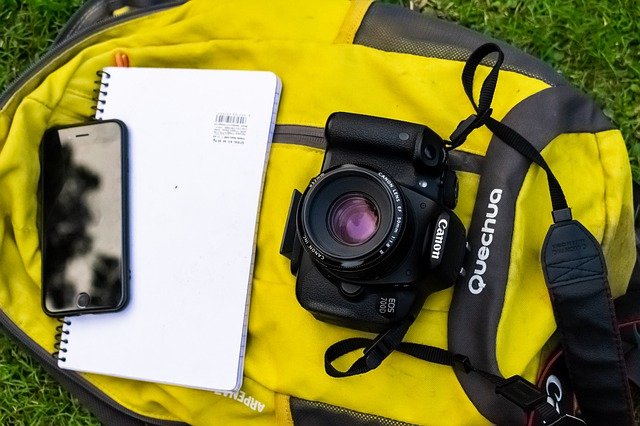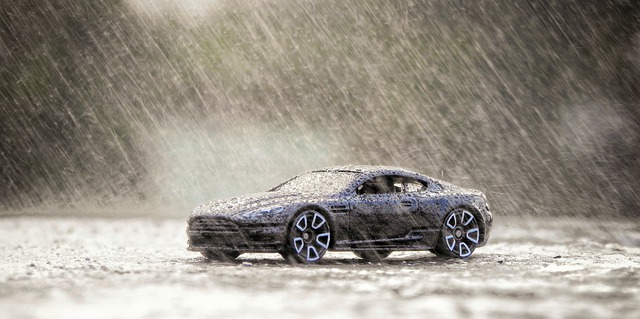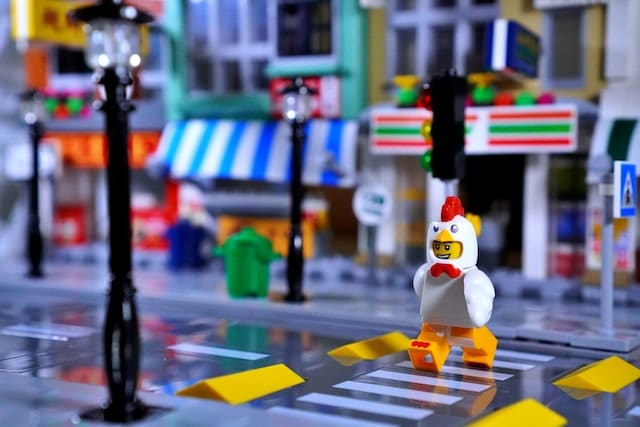Choosing minimalist backgrounds for your figurine photos is a smart way to enhance the focus on your cherished pieces. A plain backdrop eliminates distractions, ensuring all attention remains on the intricate details of your figurines. It lends itself to creating visual contrast, making the subject pop with carefully selected colors and textures. This approach supports a clean composition, centering the figurine and avoiding unnecessary clutter. Additionally, it simplifies your editing process, reducing the need for extensive retouching. Embrace this technique for professional, timeless aesthetics, revealing a world of creative styling possibilities that elevate your photography to the next level.
Enhancing Focus on Figurines
When taking photos of figurines, you often want to guarantee that the focus remains squarely on the subject itself. To achieve this, consider using a minimalist background. By eliminating unnecessary distractions, your figurine becomes the undeniable star of the image. A plain backdrop, like a simple white or black sheet, can effortlessly draw the eye to the details of the figurine, highlighting its colors, textures, and design.
Choose a background that contrasts subtly with your figurine without overwhelming it. Avoid patterns or busy backgrounds that might compete for attention. Instead, a solid color can create a clean, uncluttered space that allows your figurine to stand out. Additionally, make certain the lighting complements the simplicity of the backdrop. Soft, diffused lighting prevents harsh shadows, guaranteeing every detail of your figurine is captured.
Positioning is also essential. Place the figurine at an appropriate distance from the backdrop to maintain depth, and make sure the camera focus is sharp. By taking these steps, you enhance the viewer's ability to appreciate the figurine's artistry without their attention wandering elsewhere. Remember, simplicity in the background often elevates the complexity of the subject.
Creating Visual Contrast
While minimizing distractions is key to focusing on your figurine, creating visual contrast can further enhance its appeal. By carefully selecting contrasting elements, you make your figurine stand out even more against a minimalist background. Start with colors that oppose each other on the color wheel. If your figurine is primarily warm-toned, a cool-toned background can create the perfect pop. Consider textures too. A smooth, matte backdrop can make a glossy figurine appear more vibrant and detailed.
Lighting plays a significant role in establishing contrast. Use shadows or highlights strategically to emphasize certain features of your figurine. Adjust the angle and intensity of your light source to create depth and dimension. Here are some tips to create effective visual contrast:
- Choose complementary colors: Opposing colors make your figurine pop.
- Play with texture: Combine smooth backgrounds with textured figurines or vice versa.
- Experiment with lighting: Shadows and highlights can add drama.
- Vary scale and proportion: Use different sizes to draw eye focus.
- Use negative space: Give your figurine room to breathe and stand out.
Simplifying Composition

Simplifying your composition is essential for highlighting the beauty of your figurine. By stripping away unnecessary elements, you guarantee that nothing distracts from the main subject. A cluttered background can overwhelm the viewer and shift focus away from the figurine. Instead, a minimalist approach creates a clean, unobtrusive environment that lets the figurine stand out.
Start by choosing a solid color or a subtle texture for your background. This choice provides a neutral canvas that enhances the figurine's features without competing for attention. When you eliminate busy patterns and distracting items, you allow the viewer's eye to rest on the figurine itself. This approach can give your photos a more professional and polished look.
Consider the placement of the figurine within your frame. Centering it can create a balanced and harmonious composition, while an off-center position might add an artistic flair. Keep an eye on negative space, as it can serve to emphasize your subject and give the composition breathing room. By simplifying your composition, you create a visually appealing photograph that captures the essence of your figurine, allowing its unique charm to shine.
Highlighting Figurine Details
Once you've achieved a clean and minimalist composition, the next step is to highlight the intricate details of your figurine. By using a simple background, you immediately draw attention to the unique features and craftsmanship of the piece. This approach lets the viewer appreciate what makes your figurine special without any distractions. To guarantee your photos truly capture these details, pay close attention to lighting, angles, and focus.
Consider these tips to make your figurine's details pop:
- Use Soft Lighting: Direct harsh lights can create unwanted shadows. Instead, opt for diffused lighting to gently illuminate your figurine and emphasize its textures.
- Choose the Right Angle: Experiment with different perspectives to find the one that best showcases the figurine's intricate design elements.
- Focus on Details: Use a macro lens or zoom feature to capture close-up shots that reveal fine details like facial expressions and textures.
- Mind the Shadows: Adjust your lighting to minimize harsh shadows that might obscure important features of the figurine.
- Highlight with Contrast: Adjust the contrast in post-processing to make details stand out without altering the figurine's natural appearance.
These strategies will help your figurine's features shine in every photo.
Versatility in Styling

When it comes to versatility in styling your figurine photos, embracing a minimalist background is just the beginning. A simple backdrop provides a blank canvas, allowing you to experiment with various elements without overwhelming the viewer. You can easily switch props, lighting, and angles to create different moods and narratives. Whether you're aiming for a playful, dramatic, or serene aesthetic, a minimalist background adapts seamlessly to your vision.
The beauty of a minimalist background lies in its adaptability. You're not confined to a particular theme or color scheme, which means your creativity can flow freely. You can introduce contrasting colors to make your figurine pop or use subtle hues for a more unified look. This flexibility lets you showcase your figurine's personality while maintaining a professional appearance.
Moreover, minimalist backgrounds make it easy to highlight special features or seasonal themes. You can incorporate seasonal accents or specific props without clashing with the background. This versatility not only enhances your figurine's appeal but also allows you to keep your audience engaged with fresh, intriguing content. So, lean into the simplicity and let your figurine's uniqueness shine through versatile styling choices.
Reducing Distractions
Creating a minimalist background is an effective way to reduce distractions in your figurine photos. When the background is cluttered or overly detailed, it can draw attention away from the figurine itself. This is where minimalist backgrounds come into play, allowing the subject to stand out clearly and engage viewers. By removing unnecessary elements, you create a clean, focused composition that highlights your figurine's features and details.
Consider these benefits of using minimalist backgrounds:
- Enhanced Focus: Keep the viewer's attention on the figurine, not the background.
- Visual Clarity: Eliminate competing elements that can confuse or distract the eye.
- Highlight Details: Subtle details on the figurine become more noticeable and appreciated.
- Professional Look: A simple background conveys a sense of professionalism and intentionality.
- Easy Editing: Simplified backgrounds make post-processing more straightforward.
Improving Color Harmony

Achieving color harmony in your figurine photos can make all the difference in creating a visually appealing image. When you choose a minimalist background, you allow the colors of your figurine to shine without competing distractions. This approach helps you maintain a balanced color palette, ensuring that no single hue overwhelms the scene. The simplicity of a minimalist background acts as a neutral canvas, highlighting the figurine's colors and details, which might otherwise get lost in a busier setting.
To improve color harmony, consider the colors present in your figurine and how they interact with the background. A minimalist background doesn't have to be entirely devoid of color; instead, it should complement the figurine. For instance, using a soft pastel or a subtle gradient can enhance the figurine's tones without clashing. This creates a cohesive look where each element complements the others.
You can experiment with different shades and lighting to see how they influence the overall mood of the photograph. By doing so, you'll be able to create a harmonious image that draws the viewer's attention to the figurine, making it the star of the show.
Achieving Timeless Aesthetics
A photograph with timeless aesthetics captures the essence of simplicity and elegance, making it enduringly appealing. When you choose minimalist backgrounds for your figurine photos, you embrace a style that's both classic and modern. This approach allows the figurine to take center stage and prevents distractions that could date your image. The clean, uncluttered backdrop highlights the figure's details and craftsmanship, ensuring your photos remain fresh and relevant over time.
Here's why you should consider minimalist backgrounds for achieving timeless aesthetics:
- Focuses on the Subject: The absence of distractions lets viewers appreciate the figurine without competing elements.
- Enhances Emotional Impact: A simple background can amplify the mood and tone of your image, resonating with viewers.
- Versatile Appeal: Minimalist settings suit various genres and styles, accommodating shifts in trends effortlessly.
- Highlighting Details: The figurine's colors and textures stand out more vividly against a plain backdrop.
- Consistency in Portfolio: A uniform style across your work can make your portfolio more cohesive and professional.
Incorporating minimalist backgrounds can transform your figurine photography into a timeless collection that speaks to the elegance and sophistication of your subjects.
Streamlining Editing Process

While embracing minimalist backgrounds gives your figurine photos a timeless appeal, ensuring a streamlined editing process can greatly enhance your workflow. By keeping your background simple, you save time adjusting complex elements, allowing you to focus on enhancing the figurine itself. With fewer distractions, you can easily adjust lighting, colors, and contrast, making your editing more efficient.
Minimalist backgrounds reduce the need for extensive retouching. You won't spend hours removing clutter or correcting intricate patterns. Instead, you can quickly tweak the image's overall tone, ensuring your figurine stands out. This approach also minimizes the risk of over-editing, maintaining the authentic look of your subject.
Moreover, consistent backgrounds across your photos make batch editing a breeze. When your images share similar backgrounds, you can apply the same settings to multiple photos, saving you time and creating a cohesive collection. This uniformity can be especially beneficial if you're preparing images for a portfolio or social media.
Incorporating minimalist backgrounds not only elevates your photos aesthetically but also considerably simplifies your editing process. You'll find yourself spending less time behind the screen, giving you more opportunities to capture and enjoy your figurines.
Frequently Asked Questions
How Do Minimalist Backgrounds Affect the Perception of Figurine Size?
Minimalist backgrounds emphasize the figurine's size by removing distractions. You perceive the figurine as more prominent and detailed. Without clutter, your focus remains on the figurine, allowing its scale and features to stand out effectively.
What Materials Are Best for Creating Minimalist Backgrounds for Photos?
Imagine a blank canvas waiting for your masterpiece. For minimalist backgrounds, use materials like white paper, fabric, or foam boards. They offer a clean slate, letting your figurines pop without distractions, much like art on an empty wall.
Can Minimalist Backgrounds Be Used in Outdoor Figurine Photography?
Yes, you can use minimalist backgrounds in outdoor figurine photography. Look for natural, uncluttered landscapes or use portable backdrops to simplify the scene. This approach enhances the figurine's details and guarantees your subject stands out beautifully.
How Do Lighting Choices Complement Minimalist Backgrounds in Photography?
Did you know 80% of professional photographers prefer natural lighting for minimalist backgrounds? Use soft, diffused light to enhance your figurine's details, creating a clean, focused look that brings out the subject's intricacies without distraction.
Are There Specific Camera Settings Recommended for Photographing With Minimalist Backgrounds?
You should set a low ISO to reduce noise and use a wide aperture to blur the background. Adjust the shutter speed to balance exposure. Manual mode gives you control to achieve clean, minimalist shots.
At a Glance
In choosing minimalist backgrounds for your figurine photos, you're not just simplifying; you're elevating. The stark contrast between the intricate details of your figurine and the serene backdrop creates a dance of focus and clarity. This juxtaposition not only highlights the beauty of your subject but also breathes life into every curve and color. By reducing distractions, you invite viewers to truly see and feel the artistry, making each photograph a timeless piece of visual poetry.

